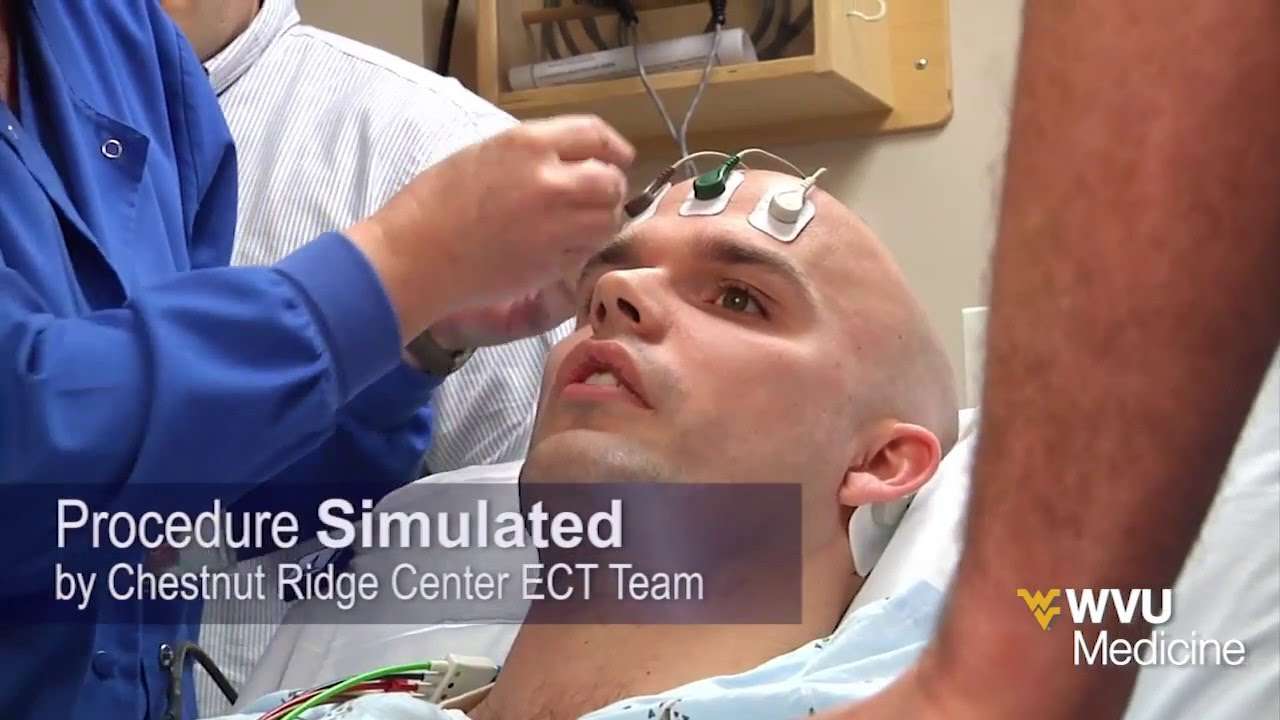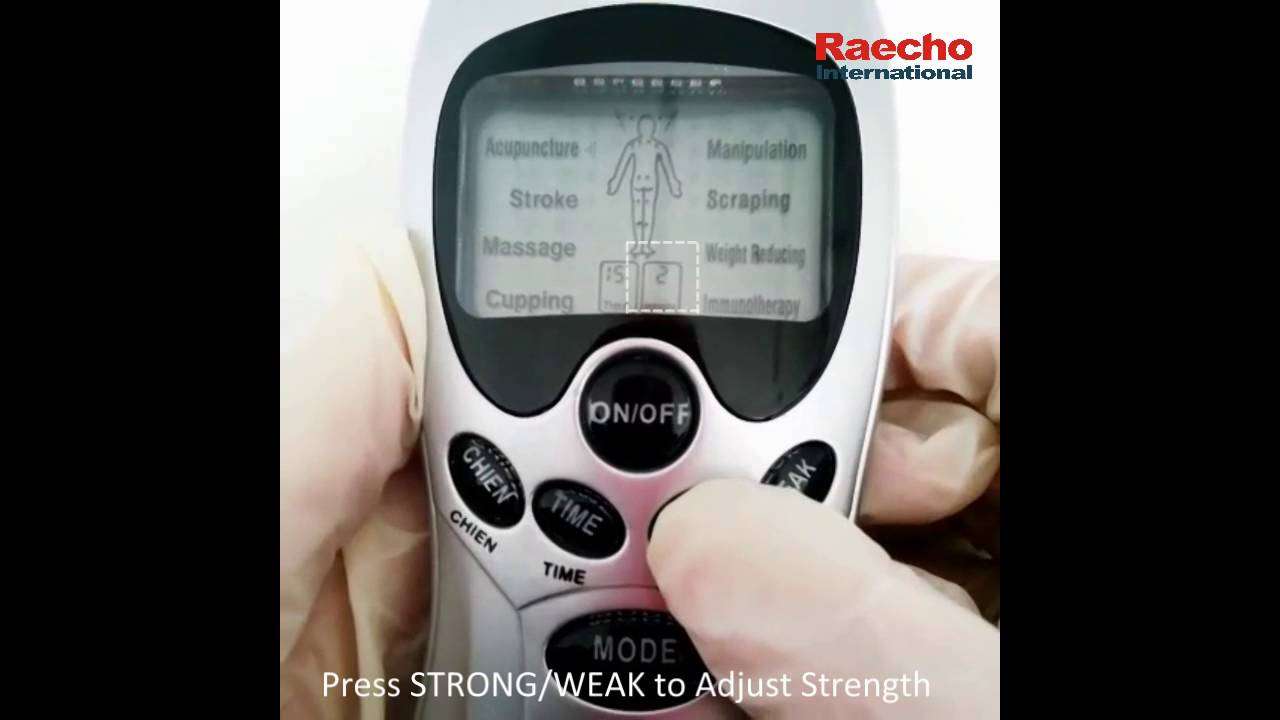ECT, or electroconvulsive therapy is a specialized treatment for certain types of severe mood and psychotic disorders. ECT uses an electrical shock to cause a short seizure which produces a number of neurochemical effects that help alleviate psychiatric symptoms rapidly. ECT was first introduced to the U.S. in the 1940s and has continued to help approximately 100,000 individuals per year. In modern times, ECT is aided by the use of anesthetic agents to help patients receive the treatment in a way that does not cause discomfort.
ECT may require hospitalization while the initial course of started in order to monitor response and toleration. Most patients initially require treatment three times per week, for a total of roughly 6-12 sessions before feeling improvement. After patients have improved, they can work with one of our providers to establish a schedule for ongoing treatment, which can range from once per week to even as little as every few months, depending on need.
Some patients may experience difficulties with memory and concentration following treatment, however these are usually short lived. ECT is regarded to be a safe procedure that can be extremely effective in alleviating treatment-resistant mental illness. Patient can be referred for evaluation in our clinic by their current psychiatric provider.
What is ECT?
Electroconvulsive therapy (ECT) is a procedure in which a brief application of electric stimulus is used to produce a generalized seizure. It is not known how or why ECT works or what the electrically stimulated seizure does to the brain. In the U.S. during the 1940’s and 50’s, the treatment was administered mostly to people with severe mental illnesses. During the last few decades, researchers have been attempting to identify the effectiveness of ECT, to learn how and why it works, to understand its risks and adverse side effects, and to determine the best treatment technique. Today, ECT is administered to an estimated 100,000 people a year, primarily in general hospital psychiatric units and in psychiatric hospitals. It is generally used in treating patients with severe depression, acute mania, and certain schizophrenic syndromes. ECT is also used with some suicidal patients, who cannot wait for antidepressant medication to take effect.
How is it administered?
ECT treatment is generally administered in the morning, before breakfast. Prior to the actual treatment, the patient is given general anesthesia and a muscle relaxant. Electrodes are then attached to the patients scalp and an electric current is applied which causes a brief convulsion. Minutes later, the patient awakens confused and without memory of events surrounding the treatment. This treatment is usually repeated three times a week for approximately one month. The number of treatments varies from six to twelve. It is often recommended that the patient maintain a regimen of medication, after the ECT treatments, to reduce the chance of relapse.
To maximize the benefits of ECT, it is crucial that the patient’s illness be accurately diagnosed and that the risks and adverse side effects be weighed against those of alternative treatments. The risks and side effects involved with the use ECT are related to the misuse of equipment, ill-trained staff, incorrect methods of administration, persistent memory loss, and transient post-treatment confusion.
Why is ECT so controversial?
After 60 years of use, ECT is still the most controversial psychiatric treatment. Much of the controversy surrounding ECT revolves around its effectiveness vs. the side effects, the objectivity of ECT experts, and the recent increase in ECT as a quick and easy solution, instead of long-term psychotherapy or hospitalization.
Because of the concern about permanent memory loss and confusion related to ECT treatment, some researchers recommend that the treatment only be used as a last resort. It is also unclear whether or not ECT is effective. In some cases, the numbers are extremely favorable, citing 80 percent improvement in severely depressed patients, after ECT. However, other studies indicate that the relapse is high, even for patients who take medication after ECT. Some researchers insist that no study proves that ECT is effective for more than four weeks.
During the last decade, the “typical” ECT patient has changed from low-income males under 40, to middle-income women over 65. This coincides with changing demographics. The increase in the elderly population and Medicare, and the push by insurance companies to provide fast, “medical” treatment rather than talk therapy. Unfortunately, concerns have been raised concerning inappropriate and even dangerous treatment of elderly patients with heart conditions, and the administration of ECT without proper patient consent.
Is ECT an option?
The patient and physician should discuss all options available before deciding on any treatment. If ECT is recommended, the patient should be given a complete medical examination including a history, physical, neurological examination, EKG and laboratory test. Medications need to be noted and monitored closely, as should cardiac conditions and hypertension. The patient and family should be educated and informed about the procedure via videos, written material, discussion, and any other means available before a written consent is signed.
The procedure should be administered by trained health professionals with experience in ECT administration as well as a specifically trained and certified anesthesiologist to administer the anesthesia. The seizure initiated by the electrical stimulus varies from person to person and should be monitored carefully by the administration team. Monitoring should be done by an EEG or “cuff” technique.
The nature of ECT, its history of abuse, unfavorable medical and media reports, and testimony from former patients all contribute to the debate surrounding its use. Research should continue, and techniques should be refined to maximize the efficacy and minimize the risks and side effects resulting from ECT.
Other Resources
National Institute of Mental Health
Public Inquiries
6001 Executive Boulevard
Room 8184, MSC 9663
Bethesda, MD 20892-9663
Phone Number: (301) 443-4513
Toll-Free Number: (866) 615-6464
TTY Line: (301) 443-8431
TTY Toll-Free: (966)415-8051
Fax Number: (301) 443-4279
Email Address: [email protected]
Website URL: www.nimh.nih.gov
American Psychiatric Association
1000 Wilson Blvd, Suite 1825
Arlington, VA 22209-3901
Phone Number: (703) 907-7300
Email Address: [email protected]
Website URL: www.psych.org
Anesthesia will be delivered through this catheter. You will fall asleep in less than one minute and will remain anesthetized for 5 to 10 minutes. After you are asleep, you will be given a medication that relaxes your muscles. This reduces body movement when you have the seizure produced by ECT.
During Treatment
You will be in the treatment room for approximately 10 to15 minutes. You will not feel any pain or discomfort during treatment.
While you are asleep under anesthesia, the ECT clinician will begin by placing two small stimulating electrodes on your forehead, which will record your brain waves during treatment.
While the ECT clinician is delivering mild electrical current to your brain, the anesthesiologist will help you breathe by giving you oxygen through a ventilation mask. During this time you will be under continuous monitoring.
After the treatment is over, you will be moved into the recovery room. Most patients will wake up a few minutes after they’ve arrived in the recovery room.
Recovery Room
Your nurse will stay with you throughout your recovery and will continue to check your blood pressure, pulse, breathing, and oxygen level. A plastic oxygen mask will be placed over your nose and mouth to give you additional oxygen until you are wide-awake. When you first wake up, you might be slightly confused. This is a normal reaction to treatment.
After about 30 minutes, you will be ready for something to drink. Soon afterward, if you are staying in the hospital, staff from your unit will pick you up and bring you back to the unit in a wheelchair. This is just a safety precaution.
After spending 45 minutes in the recovery room, outpatients will need to spend the next hour and 15 minutes in the recovery lounge. (Most patients are ready to leave two hours after treatment.) Just before it is time for you to leave, a nurse will check your temperature, blood pressure, and pulse.
A clinician will also evaluate you at this time. Finally, you will be given discharge instructions and an appointment for your next treatment.
After Treatment
Soon after treatment, most people are ready for something to eat. Inpatients can have a meal when they return to their units, and outpatients can have a light meal in the recovery lounge.
Some patients feel sleepy after treatment and will want to take a nap, and others are wide awake and ready to resume their usual activities. Whatever you choose to do, it’s important that a responsible adult be with you for the rest of the day.
“Dr. Stephen Seiner, along with the entire ECT staff (from the secretary to every nurse), have been available to answer any questions and have done everything they can to put both my husband and me at ease.”
– A McLean ECT patient
You should not exercise vigorously, drive a car, operate machinery, or drink alcohol for the rest of the day. You should take your daily medications, and if you have muscle soreness or a headache, over-the-counter pain relief medication should help.
Most patients will notice a positive change in their mood after they have had five or six treatments. Certain behavioral changes, however, may occur before you start feeling better mentally. If you were not able to sleep or eat, you may begin to sleep better and have an increase in appetite.
If you were sleeping too much and had no interest in activities, you might start getting out of bed more and wanting to get involved with friends and family. Family members and/or staff usually notice improvement in a patient’s mood before the patient does. Very soon afterward, the patients themselves report that they’re feeling better.
Patient & Family Support
Individuals who are taking part in ECT have many questions and concerns. Our goal is to provide the resources and support necessary to make a comfortable and informed choice to proceed with ECT. Because of the many fears and misconceptions surrounding the treatment, comprehensive support is essential.
Psychiatrists, nurses, and organized support groups at McLean and other institutions often work together to answer questions, alleviate concerns, and help keep treatment and recovery on track.
What many people don’t know, however, is that support is also available to help families and caregivers of ECT patients. This support is equally important, because family members and caregivers play a crucial role in helping their loved ones consider the treatment, engage with the therapy team, and move toward recovery.
Because of the many concerns patients and families have about ECT, we’ve created patient and family support groups. Right now, McLean offers a monthly support group for outpatients, education groups on our inpatient units, and a group focused on improving memory and cognition after ECT is completed.
Family involvement is central to the success of patient recovery, and it is an important aspect in each one of our groups.
Our ECT support groups offer a safe place where all aspects of the treatment can be discussed openly. Patients and their family members can draw on the experiences of other patients who attend the group. Often, former patients will attend groups to share their experience and tell attendees how much ECT has helped them get back to their life.
The groups provide an opportunity to assure patients and families that modern ECT techniques use anesthesia and muscle relaxants to maximize safety and minimize side effects.
Patients and caregivers can also hear firsthand accounts of how memory impairment is experienced by other patients having ECT. The support groups give us the opportunity to separate myth from fact and work toward dispelling stigma.
Another important aspect of ECT family support is that it encourages people to take care of themselves while they are taking care of their loved ones. Helping a family member with severe depression is an important, but stressful, full-time job.
In talking to families at McLean, we often hear about “caregiver fatigue.” Through our groups, we help caregivers optimize all of the support systems available to them inside and outside the hospital. We let them know that there’s a whole team of people who are here to help and support them through the ECT process.
McLean is here to help. Call us today at 617.855.2355 to talk to our team about whether ECT is the right option for you, a loved one, or a patient.




